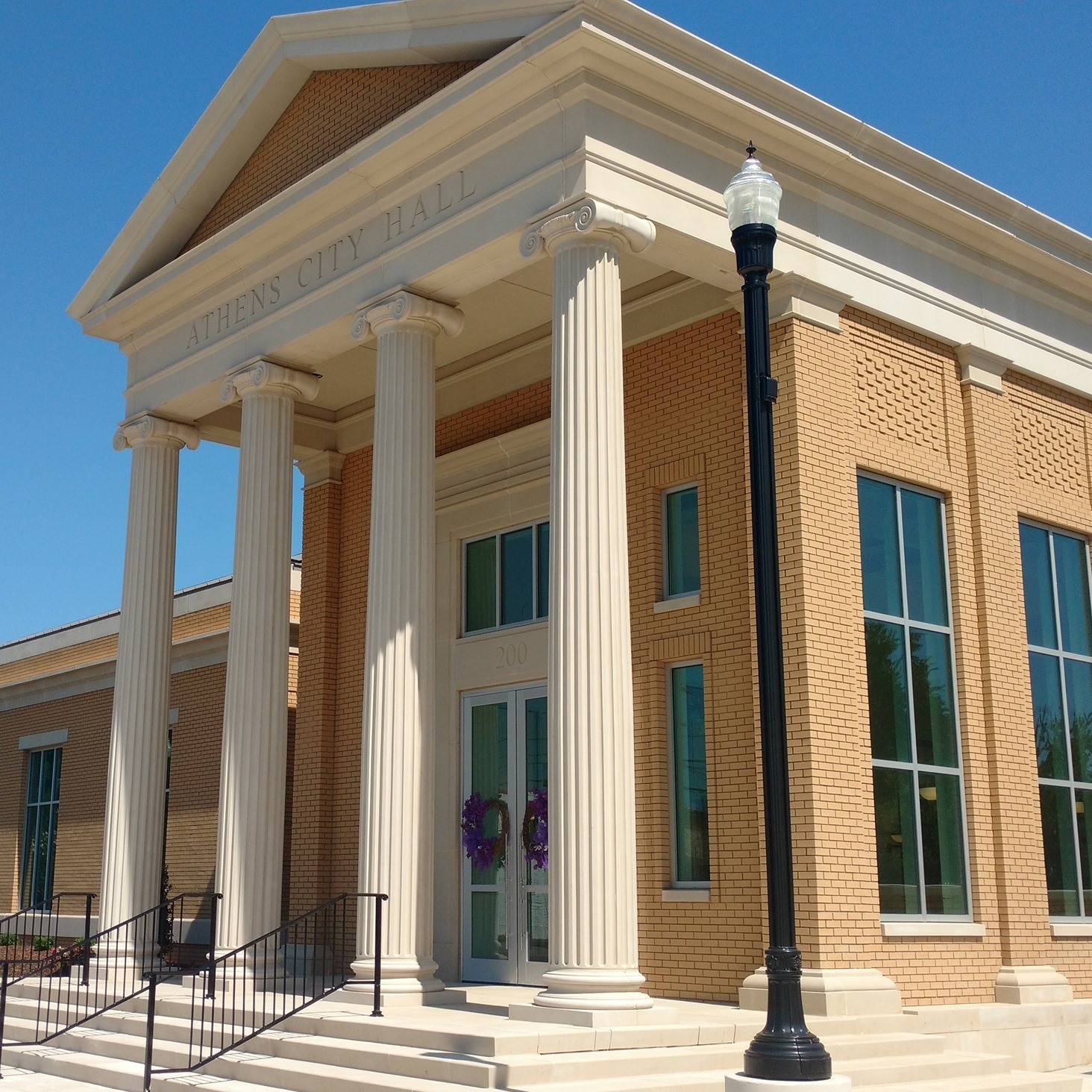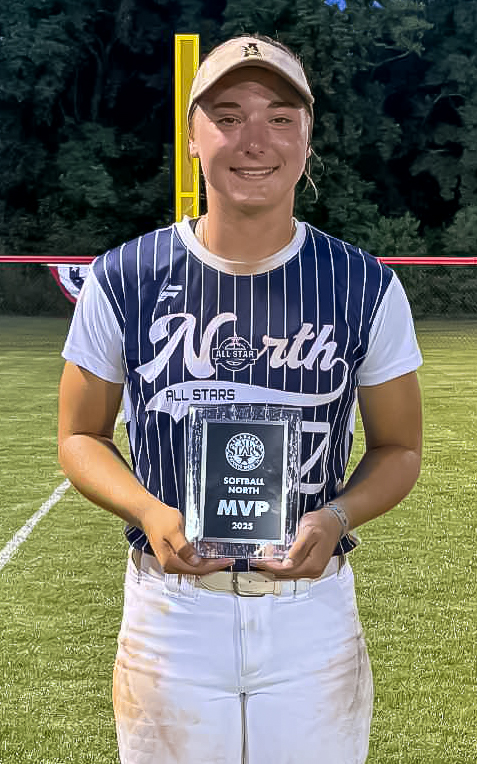(Column) Crumbs of Candor: Grampaw Jim Osborne
Published 7:00 am Saturday, June 8, 2024
Editor’s note: This column is from the 2021 Crumbs of Candor archive.
They were my great-grandparents, but everyone in the holler called them Grampaw and Grammaw Osborne, pronounced “Orsbun.”
Trending
Memories of Grampaw are a bit faded, because he died when I was only 4 1/2 years old. The feeling of frustration and confusion engulfed me when he chuckled warmly and his eyes twinkled upon my testimony that I had seen a rooster lay an egg.
He had a bit of trouble convincing me until he finally said, “Roosters don’t lay eggs; only hens do.” At that tender age, they were all chickens to me.
He was born Oct. 24, 1870, on Indian Creek in Pike County, Kentucky — the one of Hatfield-McCoy Feud fame. He died at his home April 24, 1952, having never lived more than a few miles from his birthplace.
They lived on Indian Creek in Pike County, Kentucky, until 1892, when they moved to the head of Buckingham Hollow on Left Beaver Creek now Bevinsville. They moved into the home that my mother, her mother and I were born in but built a new one next door before 1928. When I returned to visit as an adult, I was amazed at how tiny it was.
On Aug. 16, 1888, he had married Grammaw, Nancy Jane Hall Osborne, at a friend’s home in Pike County. He lived very close to the county line. He was 17, and she was 16.
Grampaw was a big man. He was tall and worked very hard. Of course, he was old when I knew him, but he was soft-spoken and gentle. He never turned away a hungry mouth or a tired soul.
Trending
His leathered and weathered hands revealed the hard work required to make a living off the rocky mountainside. They acquired an entire section, encompassing the entire Buckingham Hollow by trading a good hunting dog and single-shot rifle. They lived at the head of the hollow until their deaths.
It was a hardscrabble lifestyle, and Grammaw supported him, working by his side throughout their 64-year union. They raised 11 children to adulthood, losing two in infancy.
English customs came strongly through him. I once traced his heritage back to 1674 in Staffordshire but have since gone back to the Dark Ages.
One tidbit is he usually wore a suit coat — his only coat — even with overalls, except in the hottest weather but always for church.
Watching him eat peas was a favorite activity. He did it like in the cartoons, though I had never seen one or wouldn’t even see a television until much later. He lined up the little green spheres on the wide, long blade with the fork in his right hand, raised the knife in his left hand carefully, opened his mouth, tipped his head back, then let them roll into his mouth. My failed attempts were pitiful.
My early years were spent trying to learn to spell with their dialect. They always ate Arsh (Irish) potatoes.
He was ever busy working to contribute to his family’s needs and comfort. I still recall the acrid smell of his smokehouse with hog parts hanging everywhere. They raised and foraged nearly every bite they ate.
He raised broom straw and made brooms by hand during the winter — a lost art, I’m quite sure — for bartering. His son owned the only grist mill in the area, so everyone took their shelled white corn to Willard to be ground into cornmeal.
They gave land to their children to build houses, raise gardens and families. At least seven of their children and several grandchildren remained on the homestead. They were faithful members of the Old Regular Baptist Church, baptized in May 1921.
As a farmer, he was keenly aware of and predicted the weather with accuracy. He was a diviner and witched for the well at my birthplace, which is still in use today.
One of the blessings of being the oldest sibling is you have wonderful memories that younger siblings have only seen photos of, yet I have no recollection of photos of them in younger days.
Memories of Grampaw’s wake remain. His was the first corpse I’d seen in restful repose. The outdoor display of his satin-lined casket was beautiful and covered with a sheet of glass, revealing his peaceful face. We followed the hearse leading the path to the mouth of the holler, about a mile, to the cemetery on land they had donated originally as a cemetery and for summer religious services and reunions. The last time I visited there, it was discovered I was related to every single one buried there, and it is one big cemetery.
Good men like Grampaw weren’t hard to find back then. Images of him as a teenage husband and father intrigue me still.





